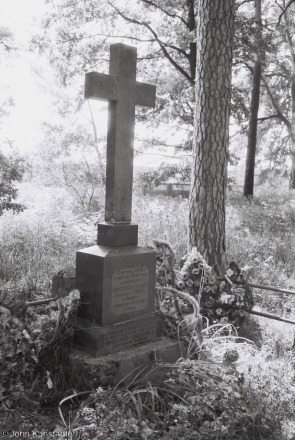To commemorate the beginning of the Uprising of 1863-1864 in the Belarusian Lands. З нагоды пачатку Паўстаньня 1863-1864 гадоў на беларускіх зямлях.
The Uprising of 1863-1864 involved insurgents from across the lands of the former Polish-Lithuanian Commonwealth against the Russian Empire, which, together with Prussia and the Austro-Hungarian Empire, by 1795 had completed the partition and dissolution of the Commonwealth.
Building on abortive anti-Russian demonstrations in 1861, the Uprising was triggered in Warsaw on January 22 (January 10 according to the Julian Calendar), 1863 and aimed to restore the Commonwealth. The Uprising spread to Belarusian and other lands of the former Commonwealth on February 1. The insurgents brought lasting honor to themselves by their initial successes and their courage in the face of overwhelming superiority of Russian imperial forces. However, the Uprising was ill-planned and lacked the massive support it would have needed to throw off the imperial yoke. Imperial Russian suppression of the Uprising, initially under the leadership of Mikhail Muraviev (known as “The Hangman”), was brutal and destroyed any hope of reviving the Commonwealth.
Monument to insurgents who fell during the Uprising, Roman Catholic cemetery, Kosava 2012. On the initiative of the Belarusian Volunteer Association for the Preservation of Historical and Cultural Monuments (БДТАПГК), the Belarusian authorities have now granted historic landmark status to this and two other monuments to the Uprising (see photo of the day for September 12, 2012).
Помнік паўстанцам 1863-1864 гг., Косава 2012 год. Па прапанове Беларускага добраахвотнага таварыства аховы помнікаў гісторыі й культуры (БДТАПГК), дзяржава нядаўна надала статус дзяржаўнай каштоўнасьці гэтым і яшчэ двум помнікам паўстанцам (гл. фота дня 12.09.2012 г.).
